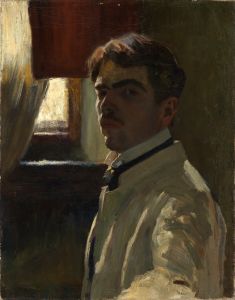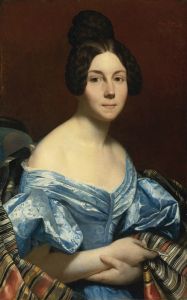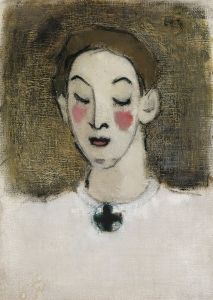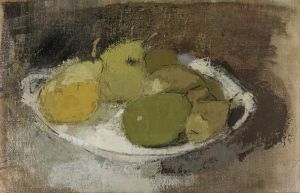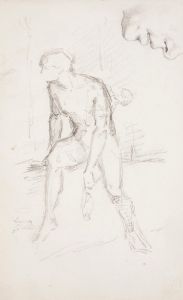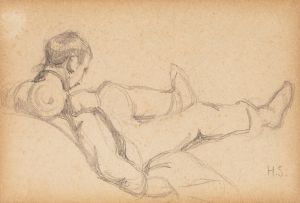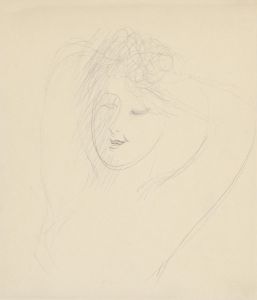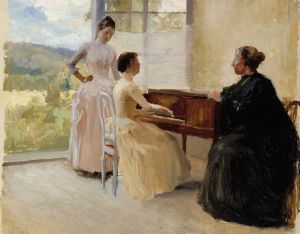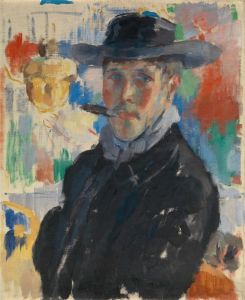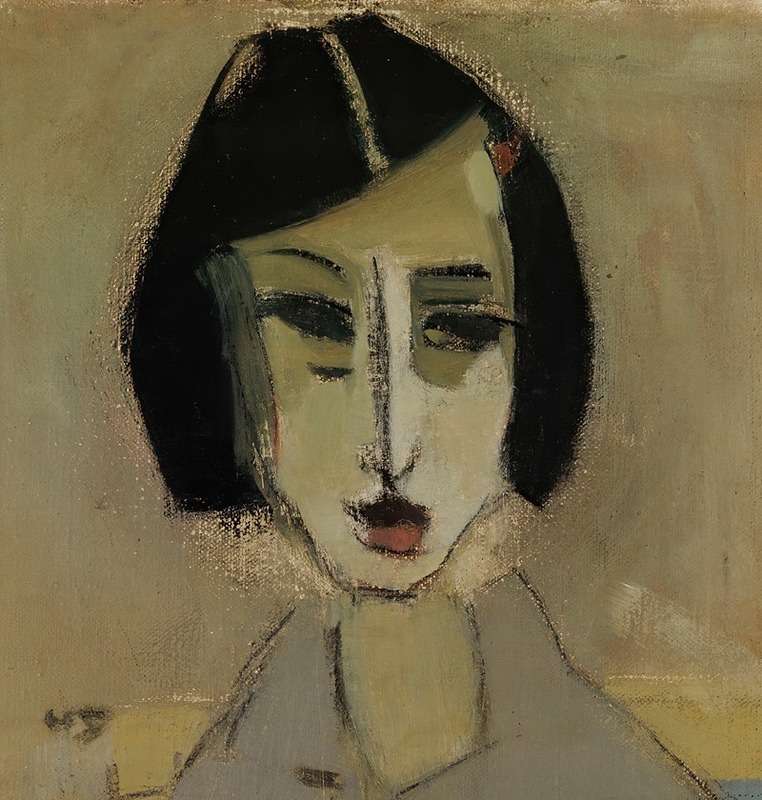
Göta
A hand-painted replica of Helene Schjerfbeck’s masterpiece Göta, meticulously crafted by professional artists to capture the true essence of the original. Each piece is created with museum-quality canvas and rare mineral pigments, carefully painted by experienced artists with delicate brushstrokes and rich, layered colors to perfectly recreate the texture of the original artwork. Unlike machine-printed reproductions, this hand-painted version brings the painting to life, infused with the artist’s emotions and skill in every stroke. Whether for personal collection or home decoration, it instantly elevates the artistic atmosphere of any space.
Helene Schjerfbeck (1862-1946) was a Finnish painter known for her realist and later modernist works. One of her notable paintings is "Göta," created in 1906. This painting is a portrait of a young girl named Göta, who was the daughter of Schjerfbeck's friend and fellow artist Maria Wiik. The painting is celebrated for its delicate and sensitive portrayal of the subject, showcasing Schjerfbeck's skill in capturing the essence and personality of her models.
The painting "Göta" is characterized by its soft, muted color palette and the subtle interplay of light and shadow. Schjerfbeck's use of color and brushwork in this piece reflects her transition from realism to a more modernist approach, where she began to experiment with form and abstraction. The background of the painting is kept simple and unobtrusive, allowing the viewer to focus entirely on the subject's face and expression.
Schjerfbeck's technique in "Göta" demonstrates her mastery of capturing the inner life of her subjects. The young girl's face is rendered with a gentle touch, highlighting her innocence and youth. The artist's attention to detail is evident in the delicate rendering of Göta's features, from the soft curls of her hair to the subtle blush on her cheeks. This attention to detail, combined with the overall simplicity of the composition, creates a sense of intimacy and immediacy.
Helene Schjerfbeck's work, including "Göta," is often associated with the broader European art movements of the late 19th and early 20th centuries. While she was influenced by the realism of her early training, her later works show the impact of modernist trends, including an interest in abstraction and a focus on the emotional and psychological depth of her subjects. "Göta" stands as a testament to Schjerfbeck's evolving style and her ability to convey complex human emotions through her art.
The painting "Göta" is housed in the Ateneum Art Museum in Helsinki, Finland, which holds a significant collection of Schjerfbeck's works. The museum's collection provides a comprehensive overview of her artistic development, from her early realist works to her later, more abstract pieces. "Göta" remains one of the highlights of this collection, admired for its beauty and the insight it offers into Schjerfbeck's artistic vision.
Helene Schjerfbeck's legacy as one of Finland's most important artists is firmly established, and her works continue to be studied and appreciated for their technical excellence and emotional depth. "Göta" is a prime example of her ability to capture the essence of her subjects with sensitivity and grace, making it a cherished piece in the history of Finnish art.





